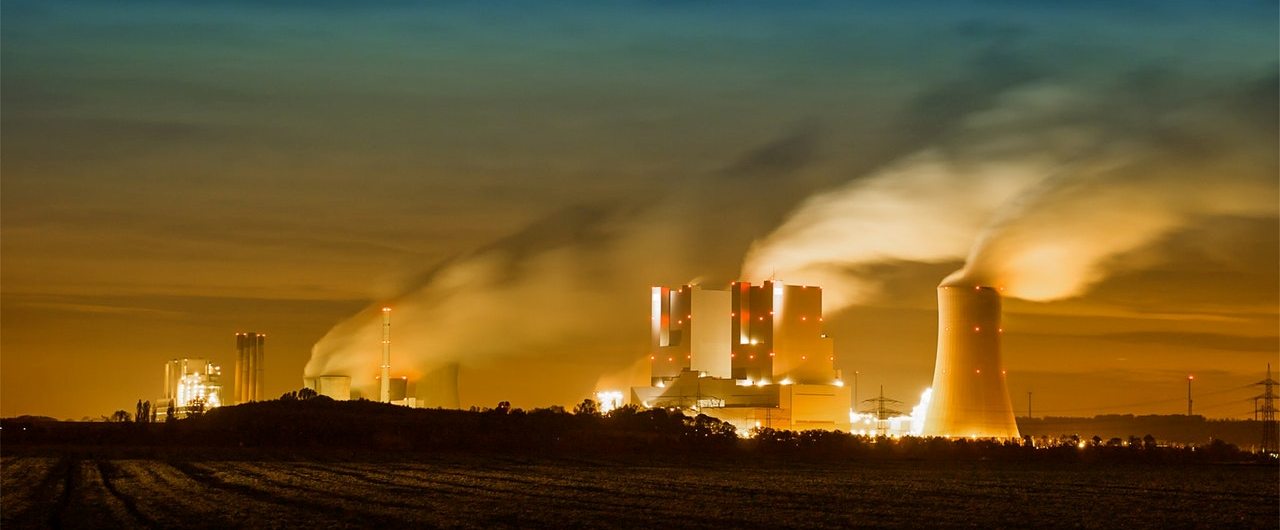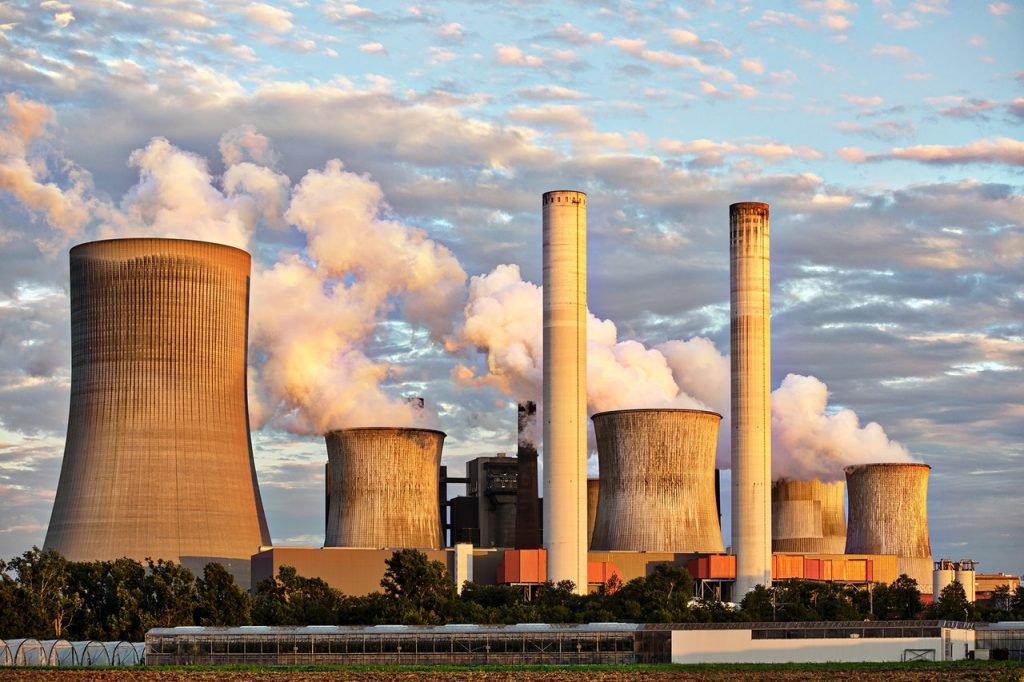International Overall Energy Production – Long-Run View By Source

 Let’s very first have a look at how worldwide energy production- both in regards to amount and source- have altered over the long-lasting. In the visualization listed below, we have outlined global energy usage from 1800 through to 2015. Keep in mind that you can utilize the absolute/relative toggle on the chart to see these in outright numbers or as the portion of the international overall.
Let’s very first have a look at how worldwide energy production- both in regards to amount and source- have altered over the long-lasting. In the visualization listed below, we have outlined global energy usage from 1800 through to 2015. Keep in mind that you can utilize the absolute/relative toggle on the chart to see these in outright numbers or as the portion of the international overall.
If we began back in 1800, we see that almost all of the world’s energy was produced from standard biomass (basically burning wood and other natural matter). By 1900, coal usage had increased substantially, accounting for nearly half of worldwide energy (the other half staying biomass, given that hydroelectricity, oil, and gas remained little).

Other sustainable sources, such as marine and geothermal innovations, have actually not been consisted of since levels of production are so little.
It is typically today’s energy mix, rather than levels of usage that individuals discover unexpected. While some might have the impression that renewables account for a big share of worldwide energy intake, their overall contribution in truth stays little.1 Even if we consist of contemporary biofuels and hydropower, it is still less than 5 percent.
How are overall levels of intake dispersed throughout the world \’s areas? In the chart listed below, we see primary energy usage from 1965-2015 aggregated by continental regions.
In 1965 the bulk of overall energy was taken in the United States and Canada, Europe and Eurasia- jointly, they represented more than 80 percent of worldwide energy intake. Energy usage has increased in these areas because the 1960s, their relative share of the overall has decreased considerably. Consumption throughout the remainder of the world has been growing, the majority of drastically in the Asia Pacific where the total intake increased more than 12-fold over this duration.
As an outcome, in 2015 the Asia Pacific was without a doubt the most significant local customer with 42 percent- this had to do with the like The United States And Canada, Europe and Eurasia integrated (at 43 percent).
…
 An all of a sudden high energy expense can trigger costs shock. The great news is that your future energy costs can be substantially minimized with a couple of smart way of life options.
An all of a sudden high energy expense can trigger costs shock. The great news is that your future energy costs can be substantially minimized with a couple of smart way of life options.